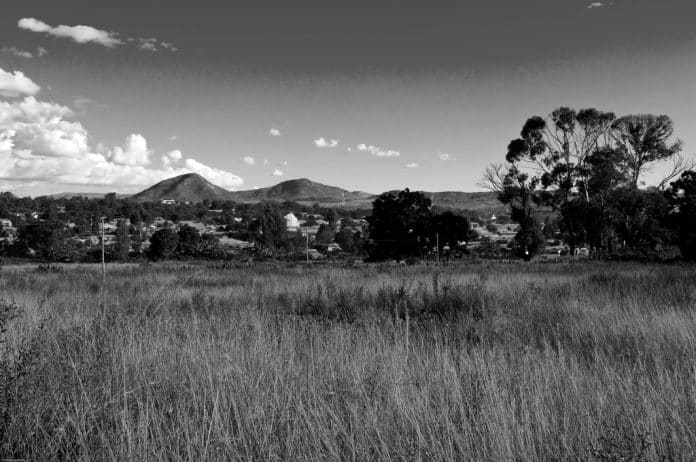Nkasi District – History, Economy, Subdivisions and More
The District of Nkasi [formerly called Nkansi] is one of three in Tanzania’s Rukwa region, and its headquarters is located in the village of Namanyere. Its northern boundary is the Mpanda District in the Katavi Region; its eastern boundary is the Sumbawanga District; its western boundary is Lake Tanganyika, across from the Democratic Republic of Congo.
The District sits on a total surface area of 13124 square kilometers (5,067 square miles). And according to the 2002 census, 208,497 people are inhabitants of the Nkasi District.
History
On the 1st of January 1984, the Nkasi District came into existence.
Economy
The majority of the Nkasi District’s population is rural, agriculture is their primary source of income, livestock rearing is part of their daily lives, and fishing is their traditional mode of livelihood. The District has 33 villages along the shores of Lake Tanganyika. The most common crops cultivated are corn, millet, beans, and cassava. Due to a lack of storage facilities and adequate capital for fishing gear, the inhabitants of Nkasi have seen commercial fishing plunder drastically at lake Tanganyika.
Administrative Subdivisions
The Administrative decision to divide Nkasi into thirteen wards came into effect by the beginning of 2002. And after the 2012 rearrangement, the wards were further expanded to seventeen.
| Wards in 2002 | Wards in 2012 |
| Kirando | Korongwe |
| Wampembe | Nkandasi |
| Kabwe | Kate |
| Namanyere | Kipili |
| Mkwamba | Namanyere |
| Chala | Mkwamba |
| Kate | Chala |
| Ninde | Isale |
| Isale | Kabwe |
| Mtenga | Wampembe |
| Sintali | Kirando |
| Kala | Ninde |
| Kipande | Kipande |
| Mtenga | |
| Nkomolo | |
| Sintali | |
| Kala |
For more articles related to regions of Tanzania click here!

































